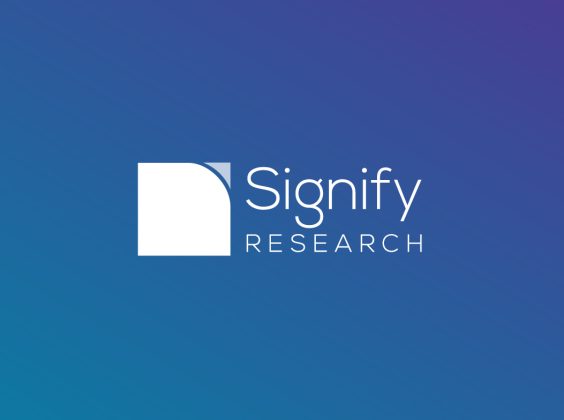
This show report presents the views from Signify Research’s leadership team attending the 103rd Scientific Assembly and Annual Meeting of the Radiological Society of North America (RSNA). The show report contains four insights covering Enterprise Imaging IT, Deep Learning in Imaging, AV Viewing IT and General Radiography equipment.